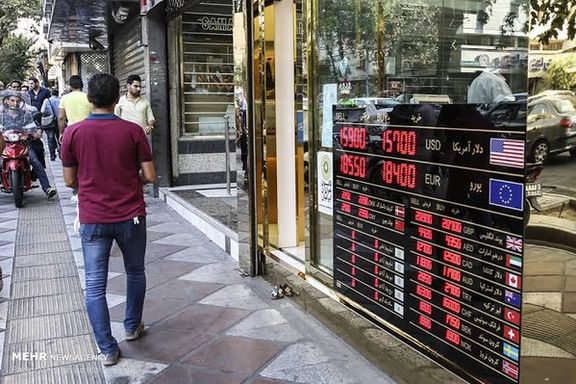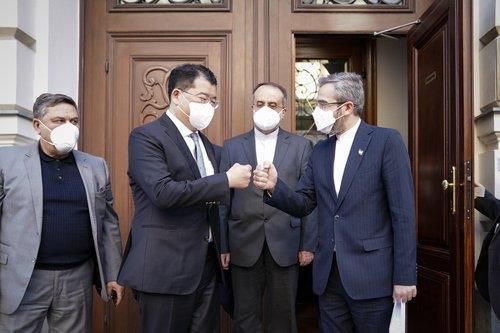Impact And Concerns Surround US-Iran Frozen Funds Deal

The US-Iran deal to release Tehran’s frozen funds has had little impact on the battered rial as traders understand that no hard cash will enter the market.

The US-Iran deal to release Tehran’s frozen funds has had little impact on the battered rial as traders understand that no hard cash will enter the market.
The Iranian currency has lingered just below 500,000 per dollar, a trend persisting for weeks. Consequently, the substantial inflationary pressures burdening Iran's economy are unlikely to abate soon, as long as US banking sanctions remain intact, obstructing the repatriation of hard currencies accrued from oil exports.
Shipments of crude remain high, with Iranian officials saying that the government’s target of 1.4 million barrels per day has been reached, but this does not mean Tehran is receiving full payments in dollars or euros from its main customer, China.
Meanwhile, additional media reports suggest not only a $6 billion release from South Korean banks, but also the unlocking of frozen funds in Iraq (estimated between 11-12 billion dollars) and over $3 billion from Japan. These funds will be held in Qatar and Oman, designated for Iran's purchases of essential goods such as food, medicine, and other humanitarian items.

Al Jazeera reported Sunday that up to $23 billion will be released from South Korea, Iraq and Japan although it will not bring a substantial boost to Iran’s economy. It hinted that the deal was not just a hostage release agreement, but it also aims at freezing Iran’s nuclear program at current levels. This begs the question if US sanctions will be enforced until the US presidential elections next year, or there is perhaps a secret deal to ease the pressure.
This is just part of the concerns critics of the deal in the United States have. The main objection to pay $6 billion for 5 hostages is the potential danger it creates for American citizens around the world, who can be arrested or taken hostage by an array of hostile actors, not excluding China and Russia.
The Wall Street Journal in an editorial on Sunday slammed the Biden administration for paying $1.2 billion per hostage and dismissed the claim by the administration that the funds will only be available for humanitarian needs.
“Iran will use the cash the same way it did the money it received from the Barack Obama-John Kerry 2015 nuclear deal—to spread mayhem in the Middle East and beyond,” WSJ said. The newspaper also argued that “Money is fungible, as the White House knows, and its ‘humanitarian purposes’ line is best understood as political cover to justify the money-for-hostages deal. In a competition for the funds between the Islamic Revolutionary Guard Corps and the public health of the Iranian people, who do you think wins?”
The argument that money is fungible is even more applicable to Iran, which has an opaque political system not accountable to the people. Most companies that would be involved in the ‘humanitarian’ imports with the released funds are controlled by regime insiders and the Revolutionary Guard.
The WSJ also predicted that the deal is not limited to releasing the American hostages and could be prelude to an informal agreement to ease sanctions in return for an Iranian promise not to escalate its nuclear program.
“This new informal nuclear deal sounds like a less enforceable version of the 2015 pact. Call it money and sanctions relief for promises, and don’t expect Congress to have any say in approving it,” the editorial stated.